Property Geek
We provide the actual and accurate information with unbiased user driven reviews to our viewers, to help them see the best and find the best!
View posts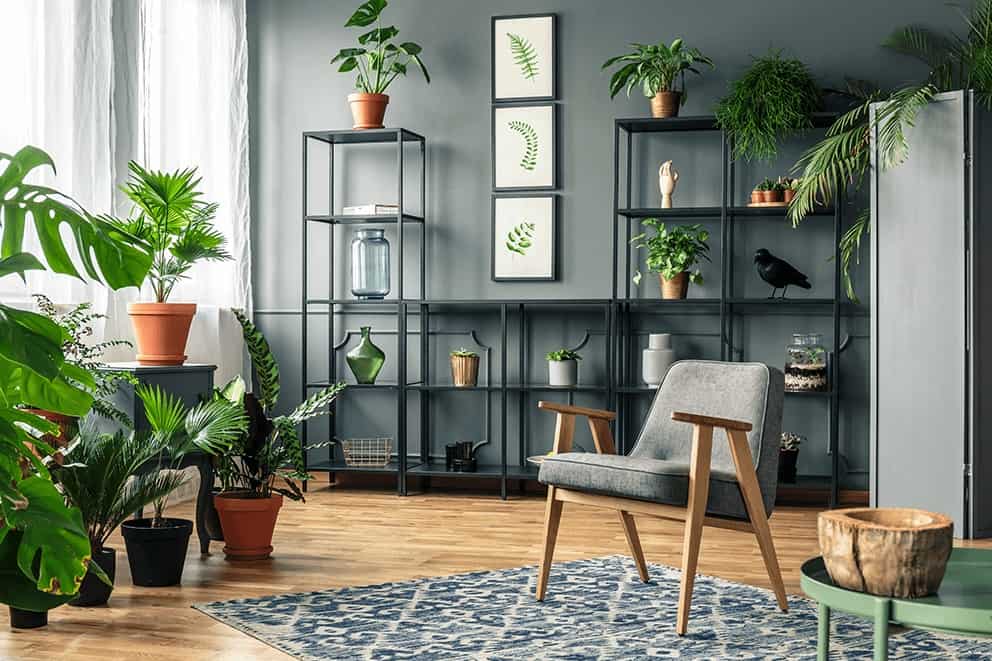
You must have noticed how all your green babies are dying when you try to grow them inside your house. All you will find are dead stems and leaves if you do not know how to take care of indoor plants. If you ever had indoor plants wilting away you might have believed that you are not cut out for growing plants or don’t have a green thumb. Well, let us tell you that that’s not an issue. The truth is anyone can be the perfect green parent if they just knew how to get through it.
This article is your one-stop destination for how to take care of indoor plants specific to their scientific families and some general guidelines on maintaining plants inside your house. Take a look at the 1op 10 indoor plants that can be your forever work desk companion.
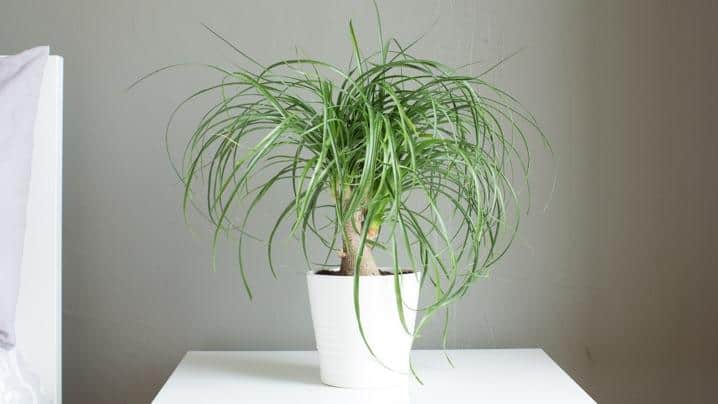
A ponytail palm tree is neither a palm nor a tree; it is a member of the Asparagaceae family. They are called ponytails because the plants’ leaves hang down like a pony. They are easy-to-grow evergreen perennial indoor plants that require bright light. If you keep the plant in low light for half the year and provide it with bright light conditions for the other half of the year, it will still grow. This plant is succulent and can be best grown in dry conditions.
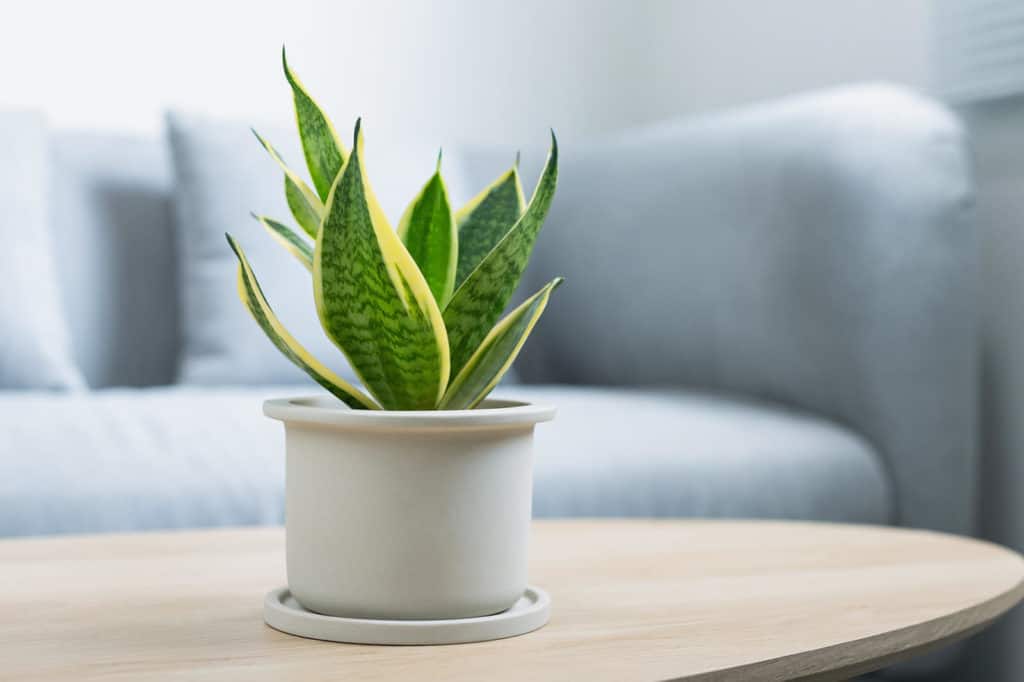
Snake plants are indoor plants from the family of Asparagaceae that adapt themselves very well to indoor environments. They grow in bright or even dark light. A snake plant gives out oxygen even at night and helps to filter the air in your room. Otherwise known as mother-in-law’s tongue, it is a house plant with tiny pale green scented flowers and yellow-striped leaves.
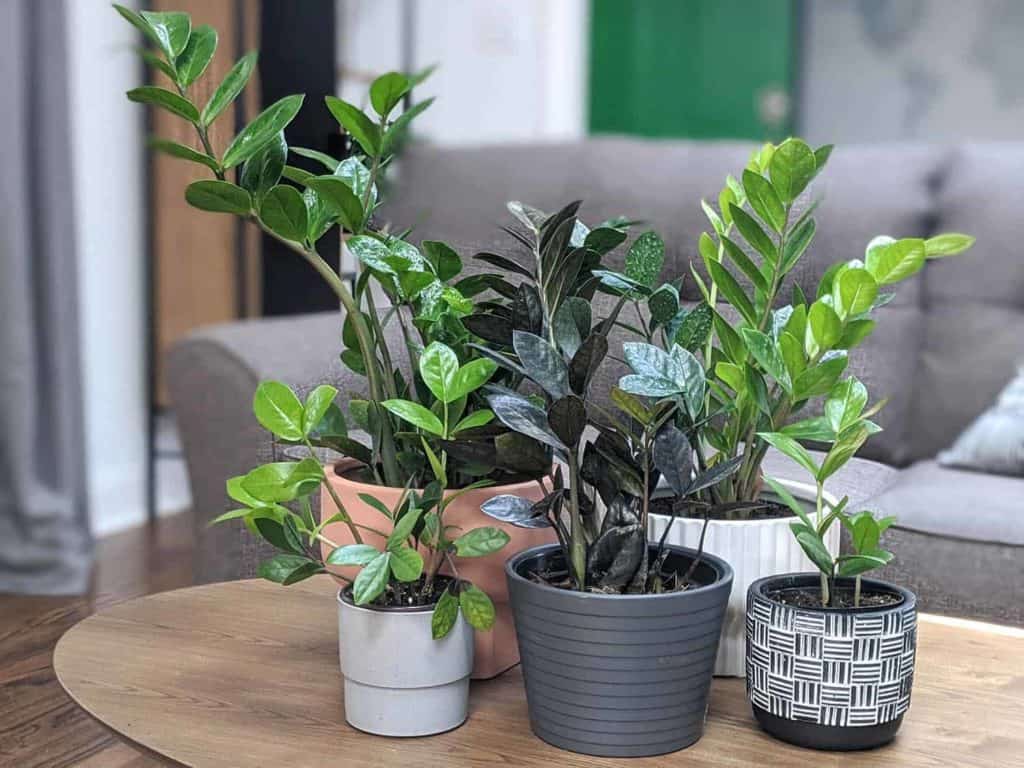
ZZ Plant is a tropical perennial indoor plant that helps to purify the air. They do require direct sunlight but can thrive in medium light and low light. It needs to be watered every two weeks but can survive longer even if you forget to water it (the plant stores up water in its stems). This plant is a perfect indoor plant for offices with a single-window where it receives only a small amount of indirect light.
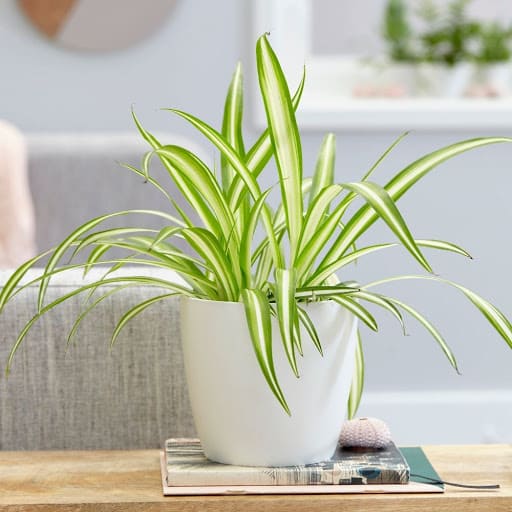
Spider Plants from the family of Asparagaceae is an indoor plant that is extremely adaptable. This plant can thrive in many environmental conditions. These plants can grow in moderate to low-light environments and are known to purify the surrounding space by removing toxins from the air. Also known as ribbon plants or spider ivy, these are evergreen perennial flowering plants native to southern and tropical Africa.
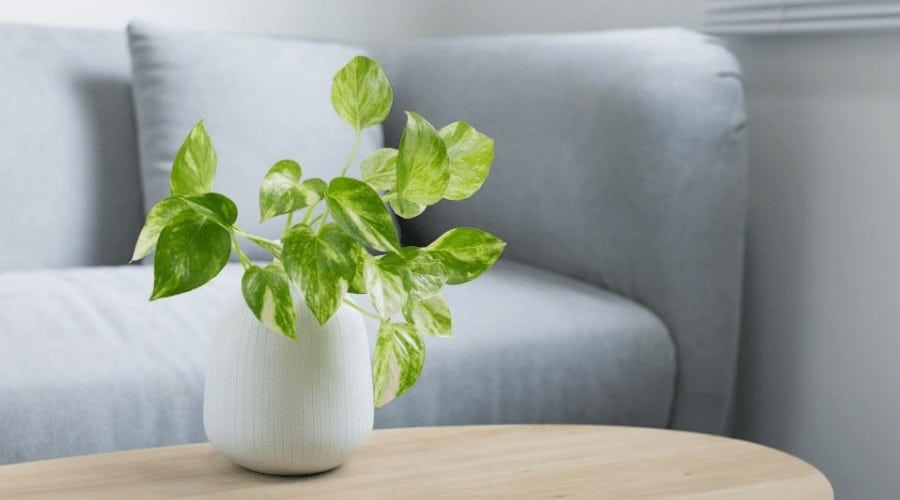
The Devil’s Ivy is an easy-to-care indoor plant from the family of Araceae. This plant does well in bright, indirect light as well as low light. The devil’s ivy has several common names like
It stays green even if you keep it in complete darkness earning itself the name devil’s vine. It won’t flower unless you use artificial hormone supplements.
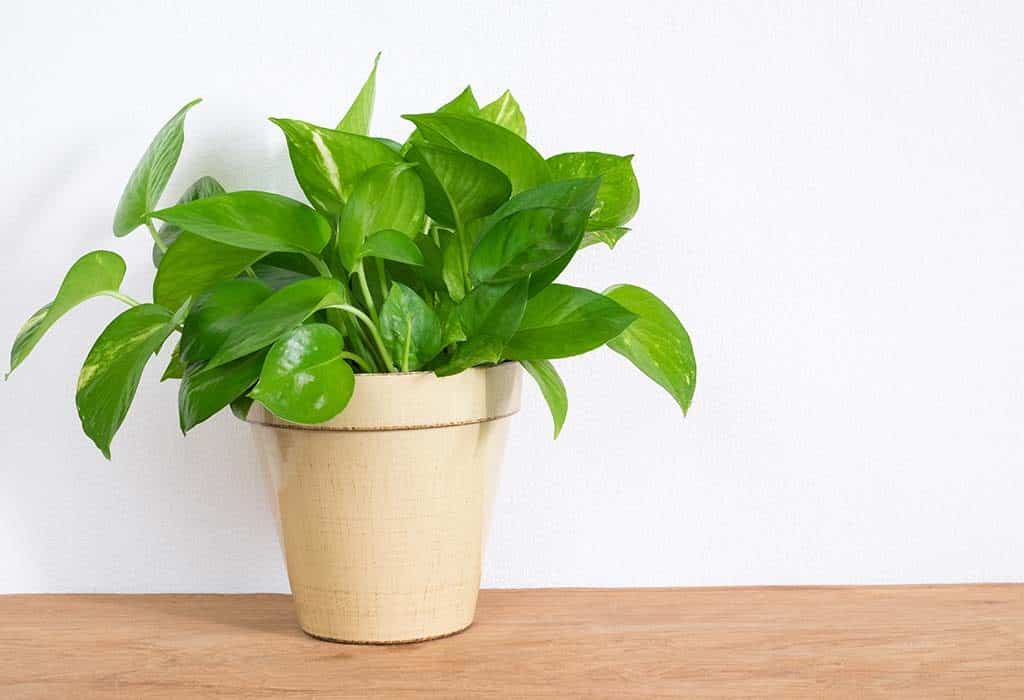
The money plant is a pothos and is one of the most well-known house plants that can be grown in water as well as on soil. It is a creeper that only needs indirect sunlight to grow. They are also known to bring good luck and absorb chemical toxins in the air to release fresh oxygen. The term ‘money plant’ can refer to the following species:
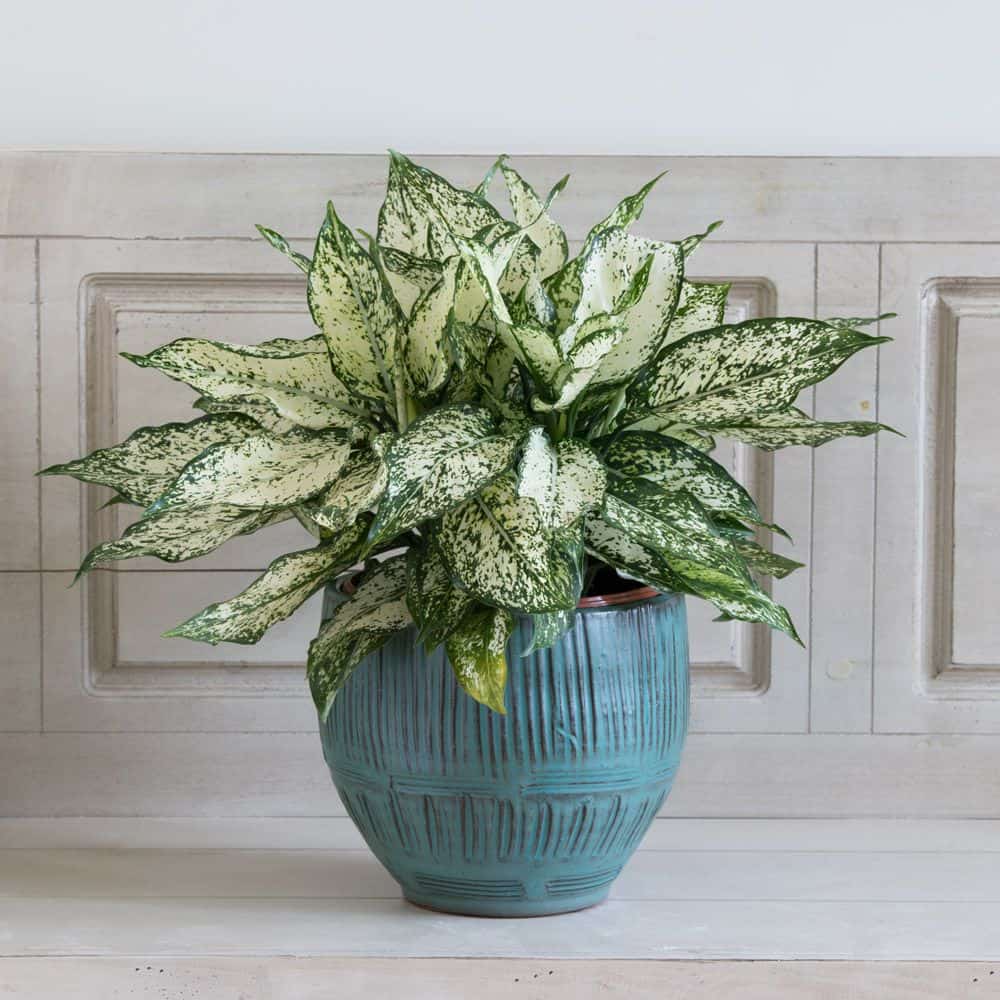
The Chinese evergreen plant comes in different colours and is a very beautiful indoor house plant. They can blossom in medium to low light, that is, in indirect sunlight. You can place this plant anywhere indoors, and make sure that the plant receives warm temperatures and humid conditions. Remember to let a couple of inches of the top soil dry out in between waterings.
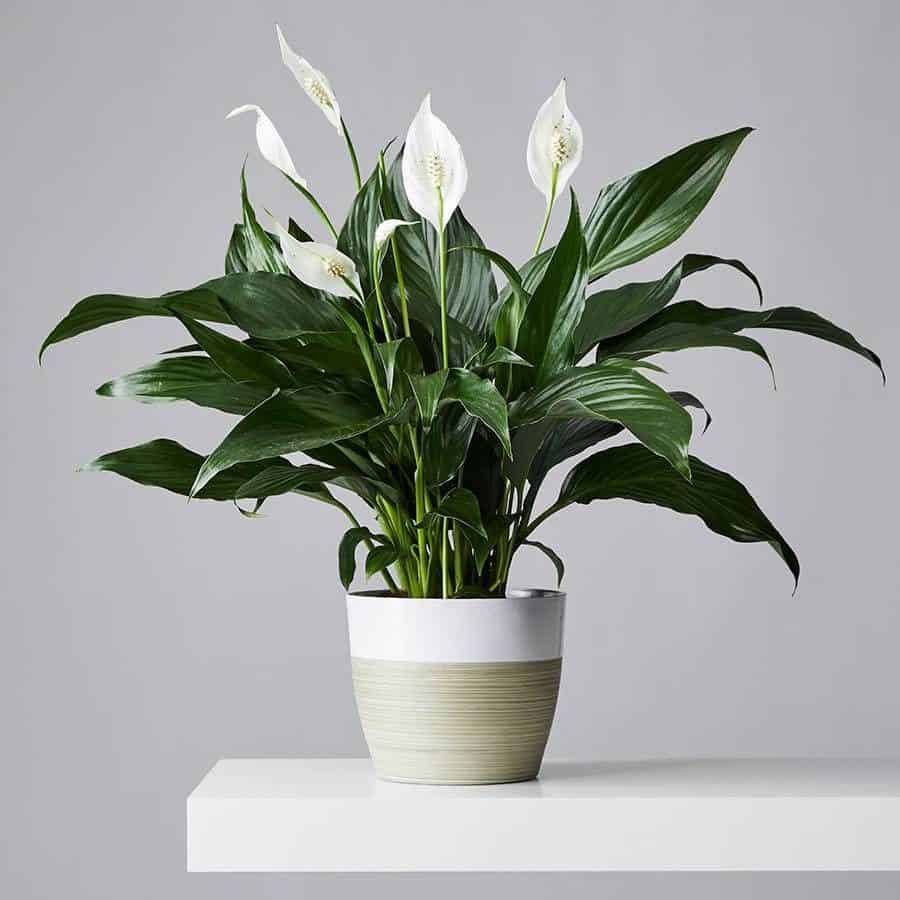
When it comes to the easiest indoor plant to take care of, peace lilies are one of the top choices. Peace lilies, commonly known as spathe flowers or white sails, are herbaceous perennial plants that have dark green leaves with white flowers and can live in low to medium light conditions. Peace Lilies brighten up your indoor living space and are also excellent at cleaning the air of your room. There are 47 varieties of Peace lilies so you never run out of choice. Especially if you have been wondering how to take care of indoor plants, Peace lilies are for you.
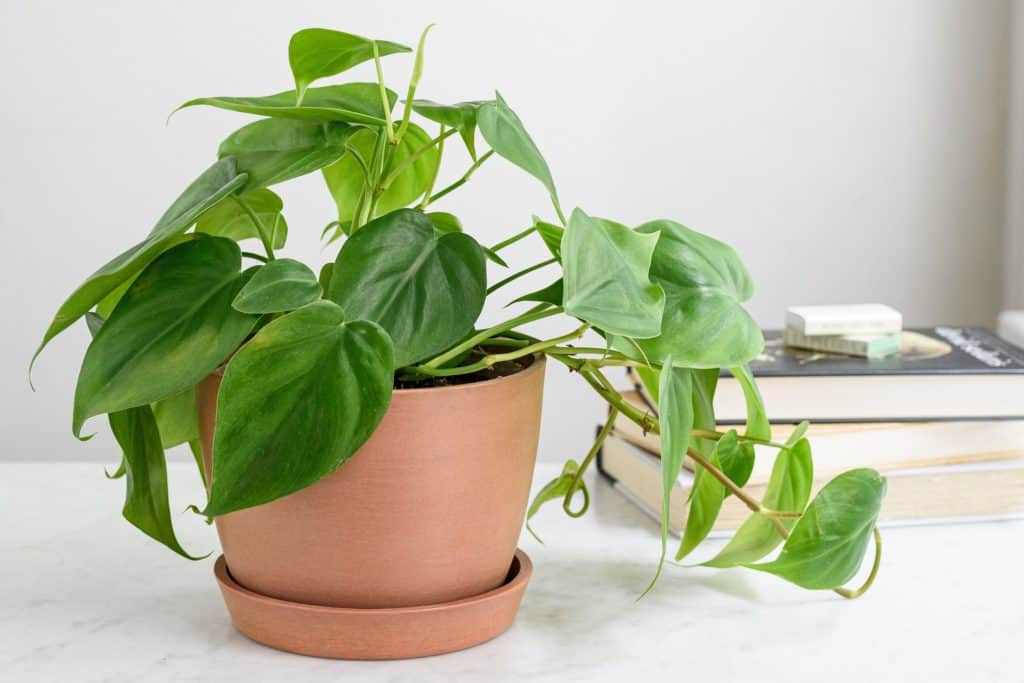
Philodendrons is an indoor houseplant that thrives all year round. It has been derived from the Greek word ‘Philo’ meaning love and ‘dendron’ meaning tree. Taking a Philodendron plant outdoors gives you a chance to flush the soil with plenty of fresh water and clean the leaves. Like most house plants philodendrons do not experience much stress when moving from indoor to outdoor settings.
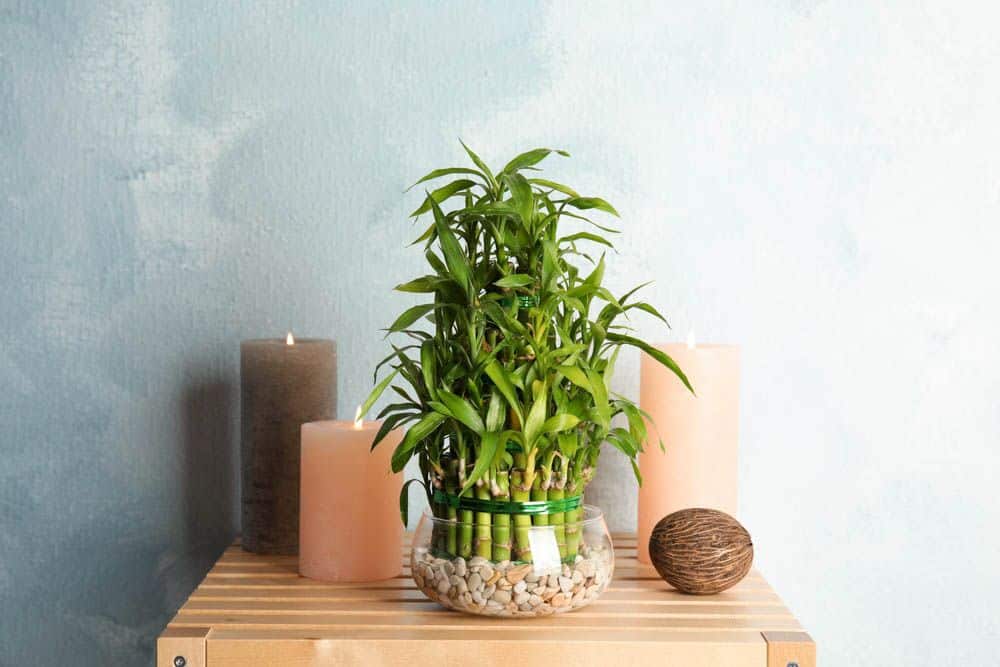
The lucky bamboo plant, also known as the ribbon plant or dragon tree, is a versatile, low-maintenance plant that is available in different sizes. It can grow easily on water as well as on land but grows best in shady areas with low and indirect sunlight. The plant is a symbol of wealth in Feng Shui and you may have to replace it every one or two years.
No matter the type of indoor plants you have, they all need basic care to thrive well enough. If you are a novice at this, taking care of indoor plants might seem overwhelming. Apart from regular watering, you might need to snip or prune away a few leaves that are turning yellowish. Here’s how you keep your indoor plants safe and healthy:
Generally, the majority of indoor plants are watered during the growing seasons of summer and spring. To be precise, the answer to how to maintain indoor plants is to water them every 10 to 14 days. During winter and autumn, the plants require fewer nutrients.
Watering indoor plants is a tricky business because you may overwater them. So here are a few tips on how to keep your indoor plants hydrated:
Well, all plants need sunlight for photosynthesis to convert water, oxygen, and light into energy (carbohydrates). Some plants however require indirect or moderate sunlight while others need to be placed in the sunniest room of your house. And then there are exceptions like the Devil’s ivy that stays even if you place it in the dark.
The main causes of an indoor plant dying are dry soil or low humidity. The leaves might be wilting because of underwatering or overwatering. In such cases, take the plant out of the container and check its roots for excessive dryness, slime or rot.
The best way of figuring out your indoor plant’s need for water is by sticking an inch of your finger into the soil and checking its dryness. If you find it’s still damp, check back in a day or two.